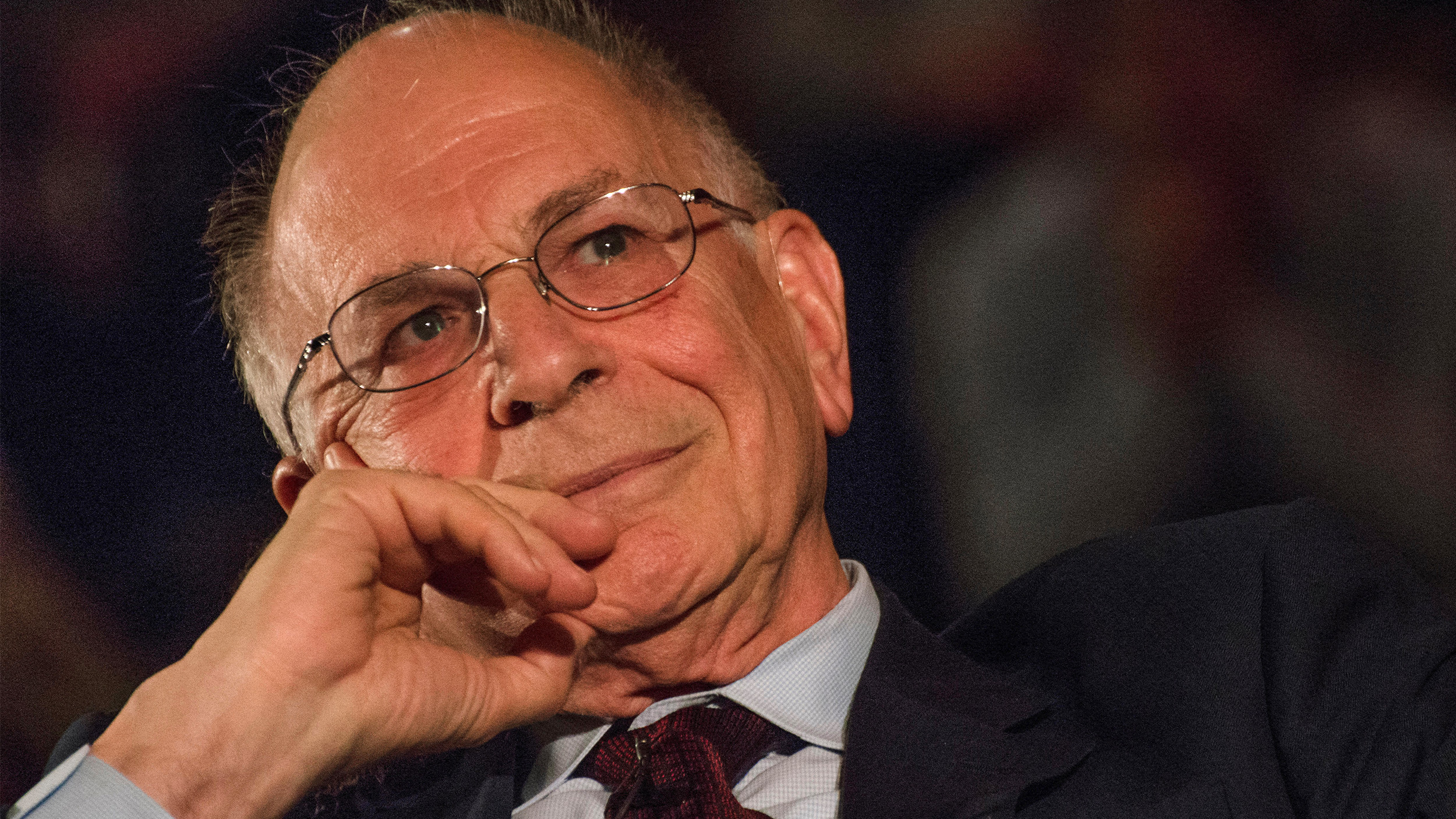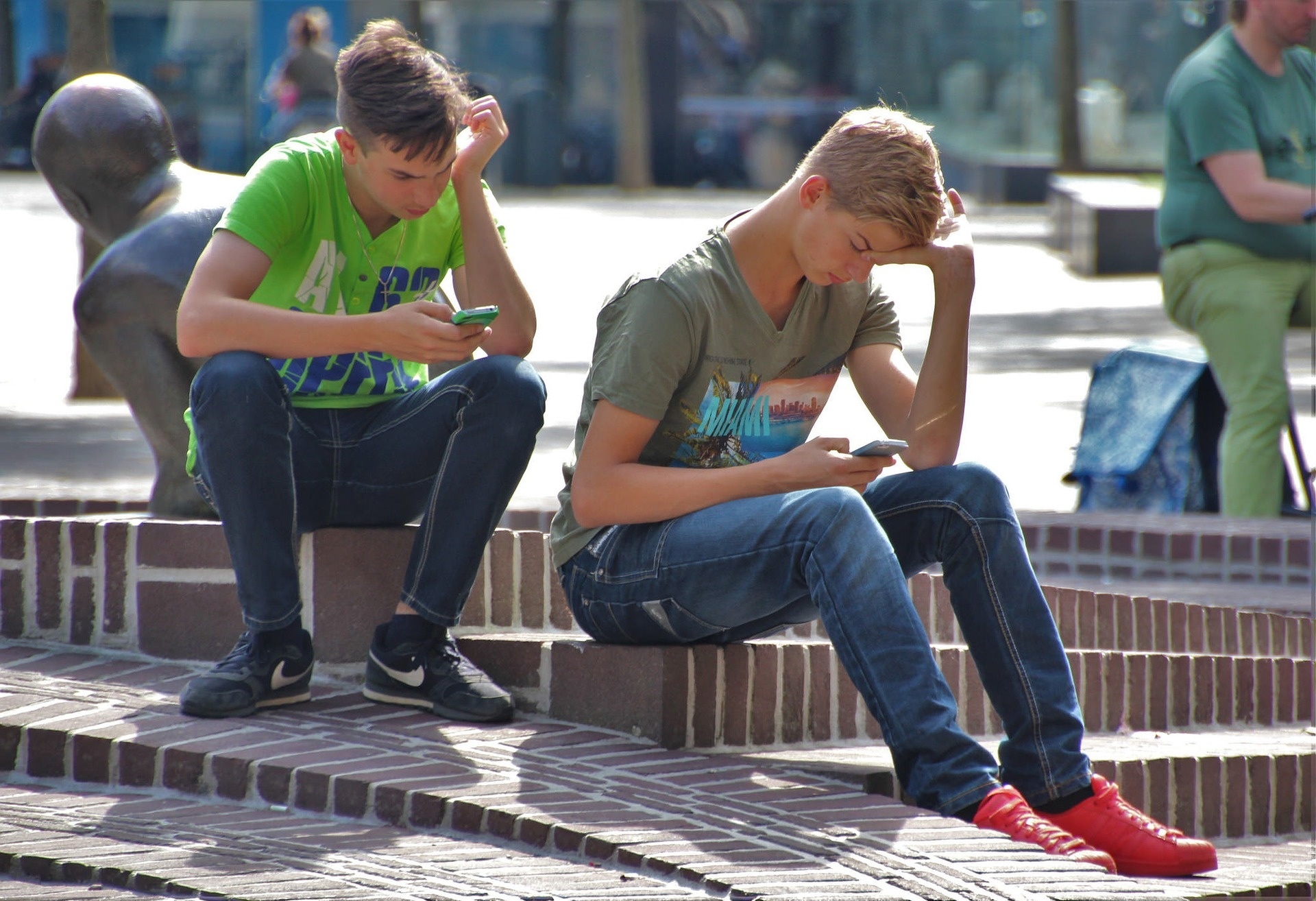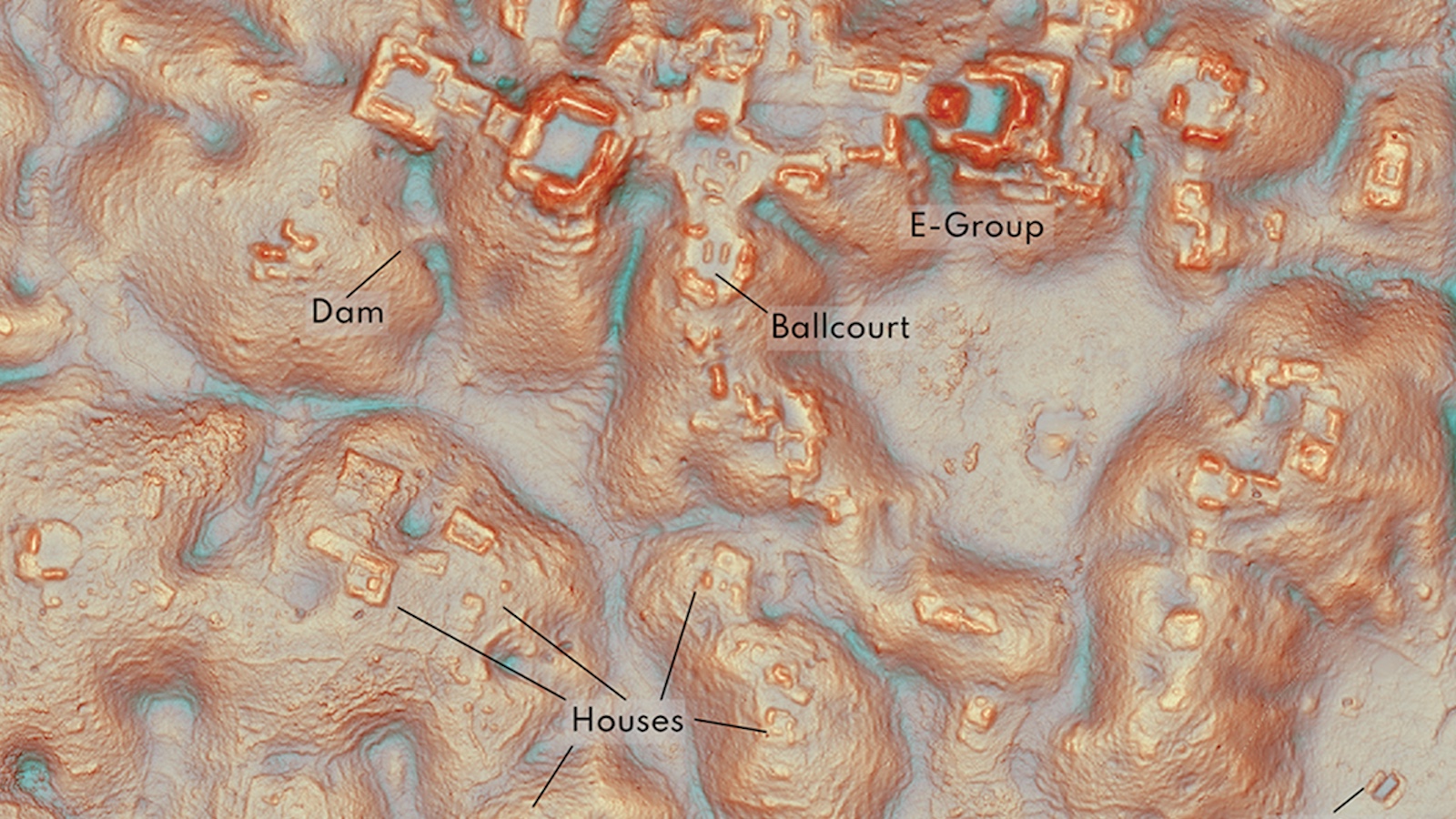Why “digital wellbeing” is crucial to our work-life transformation

- Technology can be a tool for enhancing creativity and wellbeing if used intentionally and mindfully.
- Author Caitlin Krause argues that we can all become more aware of our reactions to technology.
- The work of Harvard psychology professor Ellen Langer emphasizes the role of mindfulness in transforming our interaction with technology.
There’s a beautiful scene in the 1993 film Blue by Krzysztof Kieślowski, one of the most iconic and influential film directors of all time. Juliet Binoche holds a sugar cube carefully over a cup of coffee, delicately dipping one small corner in, attending to it. The coffee saturates the cube slowly, and we watch it. Then, the cube is dropped into the liquid with a satisfying “plop.” This scene took many iterations to film, with care. Kieślowski put it there as a mindful interlude, also showing that the character attends to her surroundings and has patience with these things. She is able to dissolve into this quiet experience of slowness, of noticing. He has given a masterclass on the scene itself, showing the intention that went into creating it and his personal philosophy underneath it.
This also describes what mindfulness can mean: attention coupled with intention. Directing our attention, our most precious resource, with intention. Using intention to inform how we manage our attention. It’s all about mindfulness, and it’s something we have as humans. So far at least, this quality of mindfulness does not apply to AI. Mindfulness is highly infused with personal emotion, even as we also acknowledge the universality of what we share, detaching from forced control over outcomes.
I’ve come to believe Kieślowski was a master of showing this sort of mindfulness and wonder, and had a way of making the internal noticing experience visible on film, which then translated emotionally to the audience. He was mindful of the complexity and pervasiveness of emotion and said of his work in an interview at Oxford in 1995, “It comes from a deep-rooted conviction that if there is anything worthwhile doing for the sake of culture, then it is touching on subject matters and situations which link people … Feelings are what link people together.” He had a way of making the inner workings of the mind and heart visible and relatable in a visceral way.
I was listening to Ellen Langer in an interview she gave about the power of being mindful instead of mindless in a digital world. Langer offers fresh candor and a positive take on the subject that is backed by scientific rigor. Her sense of humor is infectious, and her logic emotionally compelling, rationally convincing, and invigorated by a career of helping others live lives unshackled by autopilot.
A renowned Harvard psychology professor and pioneer in the field of mindfulness, Langer has extensively explored the impact of technology on wellbeing through research, public discussions, and a fair share of debates. Her perspective emphasizes the potential for technology to foster mindfulness rather than detract from it, challenging common perceptions that technology inherently contributes to stress and disconnection.

I agree and choose to think proactively about how we can be more intentional about our technology use rather than vilifying it, and consequently shaming ourselves, which does nothing to improve our habits and overall outlook and self-compassion. Langer similarly argues that the issue is not technology itself but how we engage with it. She suggests that technology can be a tool for enhancing creativity and wellbeing if used intentionally and mindfully. For instance, technology offers endless opportunities for creative expression and can facilitate meaningful connections with others, which can improve the quality of our lives and relationships. We can all become more aware of our reactions to technology, thereby mitigating stress and enhancing our emotional stability.
We do not need to fear new technology; we need to be mindful of larger goals and how it can serve our thriving.
Langer provides a compelling example of how leaders who are open to adopting new technologies have better success: “When new technology for cardiac surgery was introduced, those medical teams with leaders who minimized concern for status differences — in other words, were willing implicitly to admit they did not have all the answers and take advice from underlings — had the most effective communication, learned the most, and found the transition the easiest.” Her belief in the value of humility and openness to learning, even in highly technical and specialized fields, aligns with growth mindset and what science has proven to be most advantageous. We can all apply this to how we approach our roles on teams and our communication with others in relationships. We can be curious instead of afraid, humble and open instead of fixed and overly dominant. We do not need to fear new technology; we need to be mindful of larger goals and how it can serve our thriving. When we are mindful of something, we imbue it with meaning and intention. Langer’s work emphasizes the role of mindfulness in transforming our interaction with technology.
We can use technology in ways that promote creativity, foster meaningful connections, and support our wellbeing rather than allow tech to exacerbate stress and disconnection. By openly and curiously reevaluating our relationship with technology, and infusing wonder and awe into the equation of looking at how we can use tech to connect with ourselves, each other, and nature, we can better harness its benefits to enhance our wellbeing and imagination.





